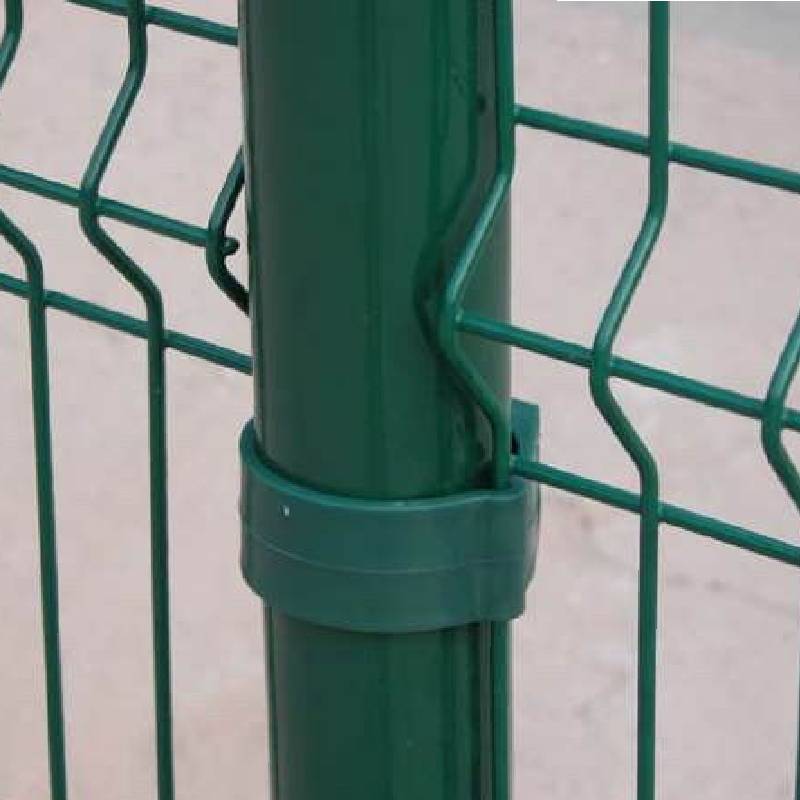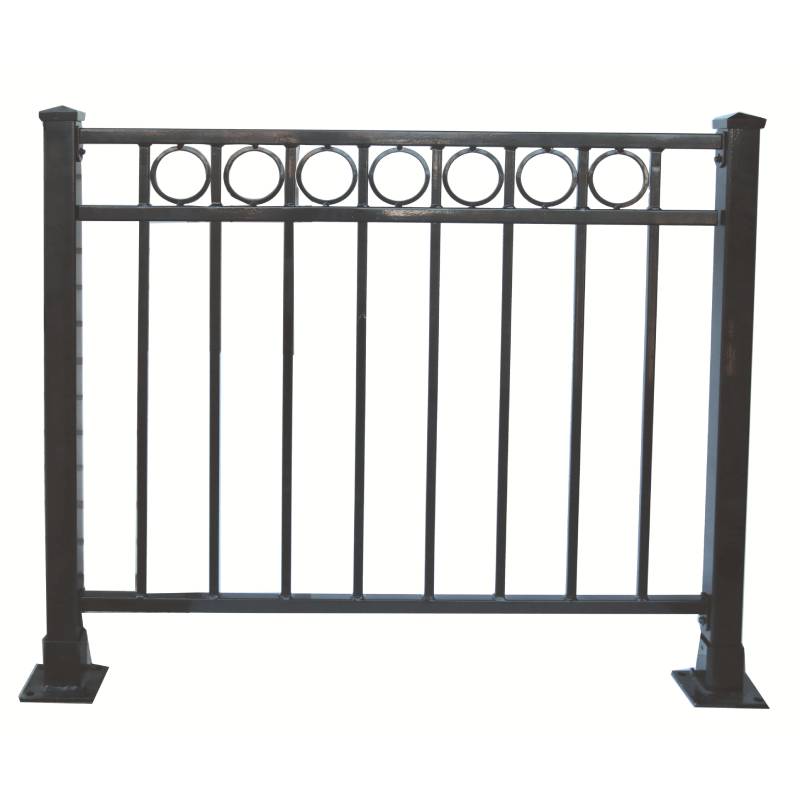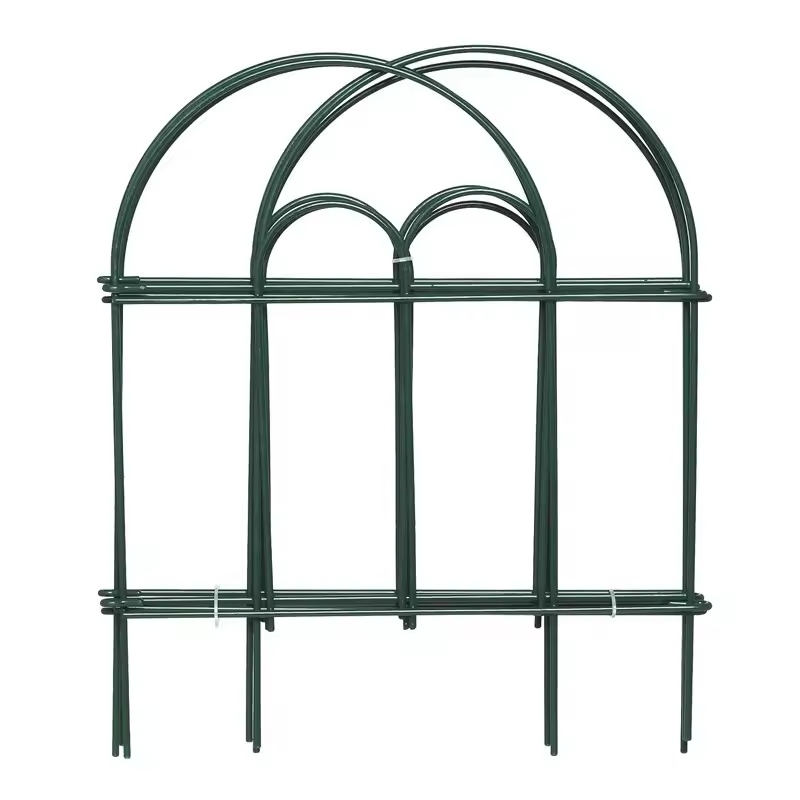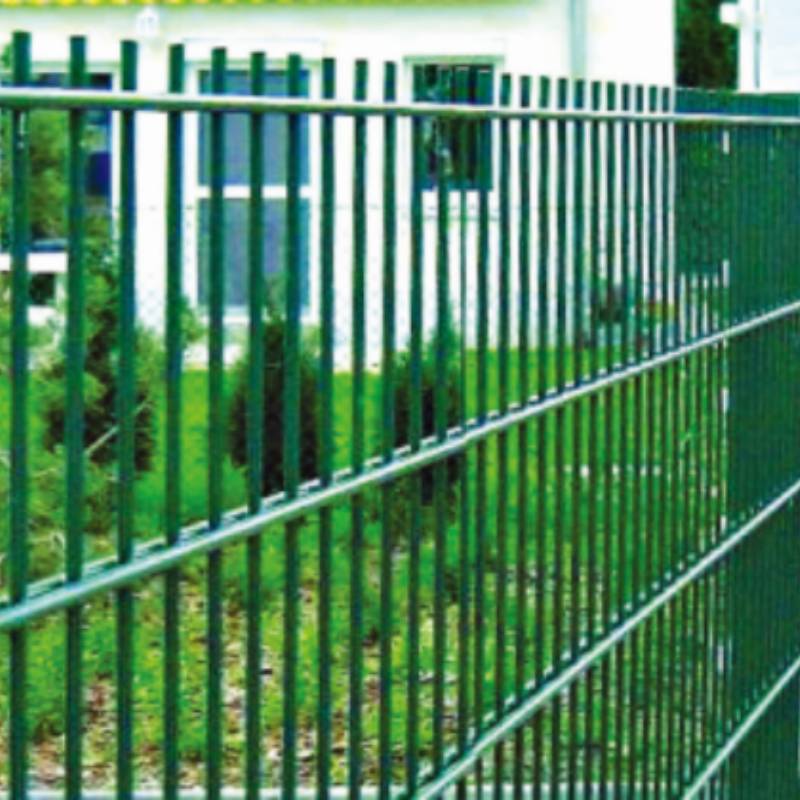-
اي ميل:zhao@hyliec.cn
-
ٽيليفون:+86 311 85273988
-
WhatsAPP:8613931128750
-
 آفريڪي
آفريڪي -
 الباني
الباني -
 امهاري
امهاري -
 عربي
عربي -
 آرمينيائي
آرمينيائي -
 آذربائيجاني
آذربائيجاني -
 بسڪاني
بسڪاني -
 بيلاروسي
بيلاروسي -
 بنگالي
بنگالي -
 بوسنيائي
بوسنيائي -
 بلغاريائي
بلغاريائي -
 قيطلوني
قيطلوني -
 سيبوانو
سيبوانو -
 ڪارسيڪائي
ڪارسيڪائي -
 ڪروشيائي
ڪروشيائي -
 چيڪ ٻولي
چيڪ ٻولي -
 ڊينش ٻولي
ڊينش ٻولي -
 ڊچ ٻولي
ڊچ ٻولي -
 انگريزي
انگريزي -
 ايسپرانتو
ايسپرانتو -
 ايستونائي
ايستونائي -
 فني
فني -
 فرانسي
فرانسي -
 فريسين
فريسين -
 گاليشين ٻولي
گاليشين ٻولي -
 جيارجي
جيارجي -
 جرمني
جرمني -
 يوناني
يوناني -
 گجراتي
گجراتي -
 هيٽي ڪرولي
هيٽي ڪرولي -
 هوسا ٻولي
هوسا ٻولي -
 هوائين
هوائين -
 عبراني
عبراني -
 نه
نه -
 مائو
مائو -
 هنگري
هنگري -
 آئس لينڊي
آئس لينڊي -
 igbo
igbo -
 انڊونيشي
انڊونيشي -
 آئرستاني
آئرستاني -
 اطالوي
اطالوي -
 جاپاني
جاپاني -
 جاواني
جاواني -
 ڪنادي
ڪنادي -
 قازق
قازق -
 خمير
خمير -
 روانڊان
روانڊان -
 ڪورين
ڪورين -
 ڪردي
ڪردي -
 ڪرغيز
ڪرغيز -
 ٽي بي
ٽي بي -
 لاطيني
لاطيني -
 لاتوين ٻولي
لاتوين ٻولي -
 ليٿونيائي
ليٿونيائي -
 لڪسمبرگي
لڪسمبرگي -
 مقدوني
مقدوني -
 ملگاشي
ملگاشي -
 مالائي
مالائي -
 مالايالم
مالايالم -
 مالٽي
مالٽي -
 مائوري
مائوري -
 مراٺي
مراٺي -
 منگولي
منگولي -
 میانمار
میانمار -
 نيپالي
نيپالي -
 نارويجي
نارويجي -
 نارويجي
نارويجي -
 آڪسيٽن
آڪسيٽن -
 پشتو
پشتو -
 فارسي
فارسي -
 پالش
پالش -
 پرتگالي
پرتگالي -
 پنجابي
پنجابي -
 رومانوي
رومانوي -
 روسي
روسي -
 سامونڊي
سامونڊي -
 اسڪاٽش گيلڪ
اسڪاٽش گيلڪ -
 سربيائي
سربيائي -
 انگريزي
انگريزي -
 شونا
شونا -
 سنڌي
سنڌي -
 سنڌي
سنڌي -
 سلوويڪي
سلوويڪي -
 سلوويني
سلوويني -
 صومالي
صومالي -
 اندلسي
اندلسي -
 سنڊاني
سنڊاني -
 سواهلي
سواهلي -
 سويڊني
سويڊني -
 تگلگ ٻولي
تگلگ ٻولي -
 تاجڪ
تاجڪ -
 تاملي
تاملي -
 تاتاري
تاتاري -
 تيلوگو ٻولي
تيلوگو ٻولي -
 ٿائي ٻولي
ٿائي ٻولي -
 ترڪي
ترڪي -
 ترڪماني
ترڪماني -
 يوڪريني
يوڪريني -
 اردو
اردو -
 اويغور
اويغور -
 ازبڪ
ازبڪ -
 ويٽنامي
ويٽنامي -
 ويلش
ويلش -
 مدد
مدد -
 يدش
يدش -
 يوروبا
يوروبا -
 زولو
زولو
پينل جي ڀت
Wholesale Metal Fence Panels ?
Wholesale metal fence panels are a popular choice for those looking for durable and secure fencing solutions. These panels are often made steel materials providing a
strong and long-lasting option for garden fencing. They are available in various designs and sizes, making them suitable for a wide range of applications. Wholesale options offer cost-effective solutions for purchasing metal fence panels in bulk, making them ideal for contractors, landscapers, and property developers looking to install fencing on a larger scale.
Is It Cheaper To Buy Fence Panels Or Build Them?
The cost of buying fence panels versus building them can vary depending on several factors. In general, buying pre-made fence panels can be cheaper and more time-efficient than building them from scratch. Pre-made panels are mass-produced, which often makes them more cost-effective due to economies of scale. Additionally, purchasing fence panels can save on labor costs, as they are typically easier and quicker to install compared to building a fence from individual components. However, building a fence from raw materials allows for more customization and control over the design, which may be a priority for some individuals. It's important to consider the specific requirements, budget, and time constraints when deciding whether to buy or build fence panels.
How To Install A Panel Fence?
To install a panel fence involves several steps:
1. Measure and plan: Determine the length of the fence and calculate the number of panels needed. Plan the layout and ensure the fence posts are installed at the appropriate intervals to accommodate the panels.
2. Install the posts: Dig holes for the fence posts, ensuring they are deep enough to provide stability. Set the posts in concrete and allow them to cure before attaching the panels.
3. Attach the panels: Once the posts are set, attach the panels to the posts using appropriate fasteners such as screws or nails. Ensure the panels are level and properly aligned.
4. Add finishing touches: Depending on the type of panels used, additional finishing touches such as capping, trim, or paint may be required to enhance the appearance and durability of the fence.
5. Maintenance: Regular maintenance, such as cleaning and sealing, may be necessary to ensure the longevity of the fence panels.
It's important to follow the manufacturer's instructions and local building codes when paneling a fence to ensure proper installation and compliance with regulations. If in doubt, it's advisable to consult with a professional or seek guidance from experienced individuals.








